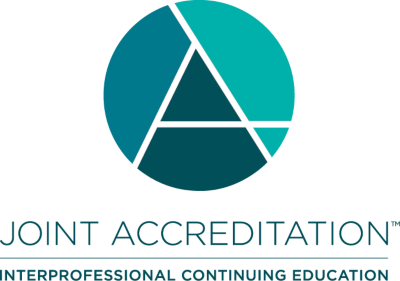Creative Approaches for Integrating Patients/families and Community Members as Participants and Facilitators in Interprofessional Education Activities
Monday, August 19, 2019, 11:30 am - 12:30 pm
Greenway B Room
Theme: Integrating Patients and Families in Interprofessional Practice and Education
Workshop Description:
We will describe two examples of events (disabilities event and patient safety event) focused on patient-centered, interprofessional healthcare and shared decision-making that seek to broaden learner perspectives on disabilities and patient safety. Both events incorporate patients/families and community members in interprofessional activities. Presenters will discuss pre-event surveys and post-event feedback concerning how community inclusion led to engaging and successful learning experiences, including enhanced respect and value for shared decision-making.
In the disabilities event, patients and/or community members with disabilities engaged with large groups of learners in a Question and Answer Panel as well as participated in small groups of interprofessional learners in a case-based activity and in an original screenplay depicting a patient with disabilities in realistic family and healthcare encounters. In the patient safety event, reflective discussion is facilitated after showing a video of a patient interview using a “portraiture” approach borrowed from social science research that “demonstrates a commitment to the participants and contextualizes the depictions of individuals and events” (Dixson et al 2005). This portrait lays the foundation for students to enact two case-based scenarios and debrief in small and large groups.
Presenters will offer an overview of active learning strategies and templates for “Backward Design” of curriculum and for creative, case-based writing. Participants will draft a design for an interprofessional interactive session, connecting their event objectives to national competencies and related values for interprofessional education. Curricular design plans will include at least one active learning strategy and participants will have the opportunity to demonstrate ideas for implementing that activity to the larger group.
Interprofessional Continuing Education
This activity has been planned and implemented by the National Center for Interprofessional Practice and Education. In support of improving patient care, The National Center for Interprofessional Practice and Education is jointly accredited by the Accreditation Council for Continuing Medical Education (ACCME), the Accreditation Council for Pharmacy Education (ACPE), the American Nurses Credentialing Center (ANCC) and the Association of Social Work Boards (ASWB) to provide continuing education for the healthcare team. The intent is to provide accreditation and continuing education credit for this workshop. For questions regarding continuing education, please email ipceapps@umn.edu.






